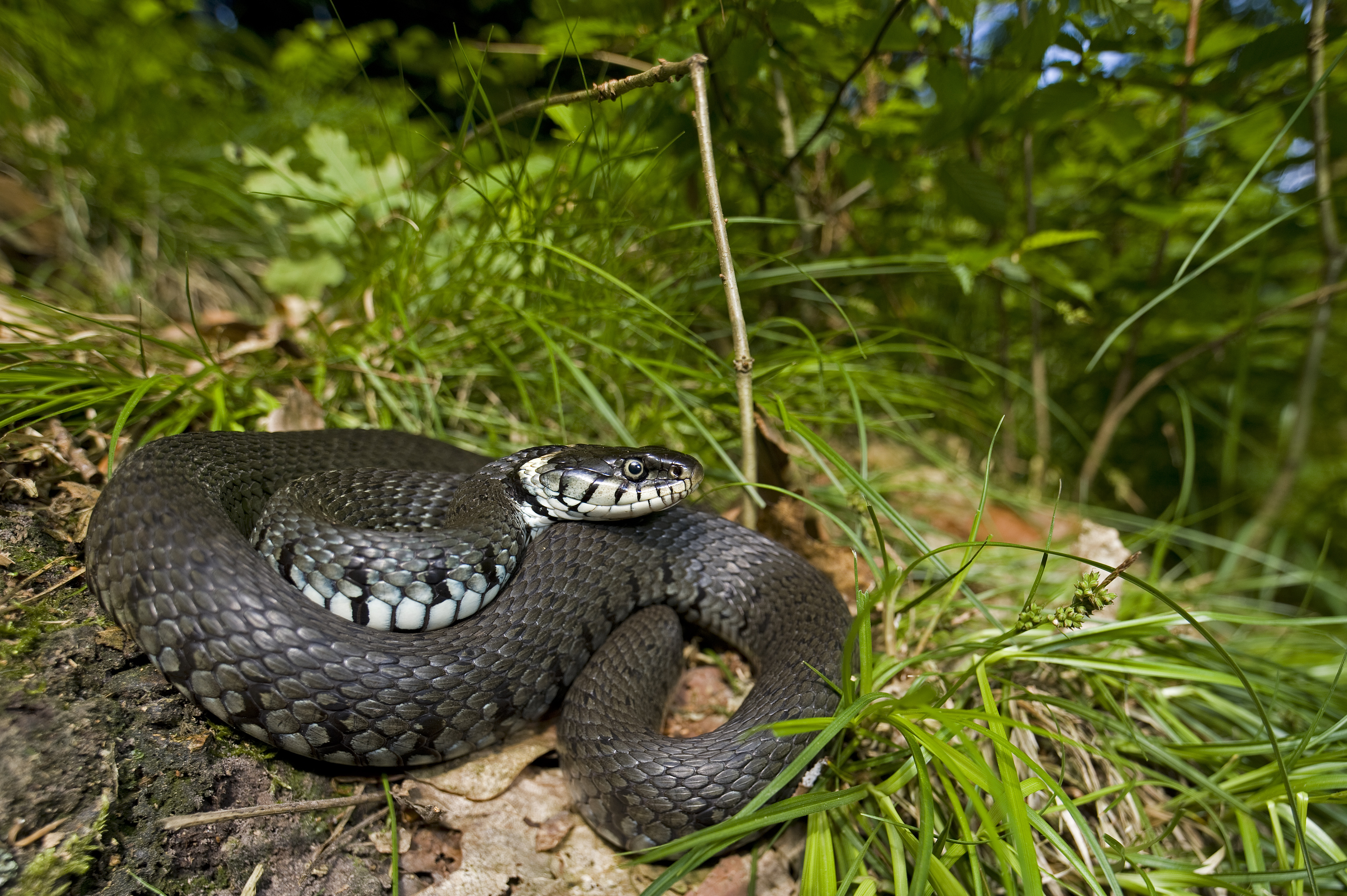|
Snake Scales
Snakes, like other reptiles, have skin covered in scales.Boulenger, George A. 1890 The Fauna of British India. p. 1 Snakes are entirely covered with scales or scutes of various shapes and sizes, known as snakeskin as a whole. A scale protects the body of the snake, aids it in locomotion, allows moisture to be retained within, alters the surface characteristics such as roughness to aid in camouflage, and in some cases even aids in prey capture (such as '' Acrochordus''). The simple or complex colouration patterns (which help in camouflage and anti-predator display) are a property of the underlying skin, but the folded nature of scaled skin allows bright skin to be concealed between scales then revealed in order to startle predators. Scales have been modified over time to serve other functions such as " eyelash" fringes, and protective covers for the eyes [...More Info...] [...Related Items...] OR: [Wikipedia] [Google] [Baidu] |
Ahaetulla Head
''Ahaetulla,'' commonly referred to as Asian vine snakes or Asian whip snakes, is a genus of colubrid snakes distributed throughout tropical Asia. They are considered by some scientists to be mildly venom (poison), venomous and are what is commonly termed as 'rear-fanged' or more appropriately, opisthoglypha, opisthoglyphous, meaning their enlarged teeth or fangs, intended to aid in venom delivery, are located in the back of the upper jaw, instead of in the front as they are in Viperidae, vipers or cobras. As colubrids, Ahaetulla do not possess a true venom gland or a sophisticated venom delivery system. The Duvernoy's gland of this genus, homologous to the venom gland of true venomous snakes, produces a secretion which, though not well studied, is considered not to be medically significant to humans. Green-colored members of this genus are often referred to as green vine snakes. They are not to be confused with the "green vine snake" ''Oxybelis fulgidus'', which convergent evolu ... [...More Info...] [...Related Items...] OR: [Wikipedia] [Google] [Baidu] |
Atheris Ceratophora
:''Common names: Usambara bush viper,Spawls S, Branch B. 1995. The Dangerous Snakes of Africa. Ralph Curtis Books. Dubai: Oriental Press. 192 pp. . horned bush viper, eyelash bush viper, more.'' ''Atheris ceratophora'' is a venomous viper species endemic to a few mountain ranges in Tanzania. This used to be the only horned, arboreal viper known from Africa, until the discovery in 2011 of ''Atheris matildae'', also found in Tanzania. No subspecies are currently recognized. Description It grows to a maximum total length (body + tail) of . Females are slightly larger than males. The maximum total length for a male is reported to be , the tail of which measured .Mallow D, Ludwig D, Nilson G. 2003. ''True Vipers: Natural History and Toxinology of Old World Vipers''. Malabar, Florida: Krieger Publishing Company. . Easily recognized by a set of 3-5 horn-like superciliary scales above each eye. The rostral scale is more than twice as broad as high. There are 9 upper labials. The first ... [...More Info...] [...Related Items...] OR: [Wikipedia] [Google] [Baidu] |
Natrix
''Natrix'' is a genus of Old World snakes found mainly across Eurasia (although the range of '' Natrix tessellata'' extends into Egypt and those of '' N. astreptophora'' and '' N. maura'' into north-west Africa) in the subfamily Natricinae of the family Colubridae. They are commonly called grass snakes and water snakes, but some other snake species also known commonly as "grass snakes" and "water snakes" are not in the genus. Species The genus ''Natrix'' contains five extant species and at least five extinct (fossil-only) species. ''Nota bene'': A binomial authority in parentheses indicates that the species was originally described in a genus other than ''Natrix''. Etymology ''Natrix'' is classical Latin for a water snake. The word comes from a Proto-Indo-European root meaning "snake", with cognates in the Celtic and Germanic languages, the latter including the English adder. It was probably influenced through folk etymology Folk etymology – also known as (generative) ... [...More Info...] [...Related Items...] OR: [Wikipedia] [Google] [Baidu] |


